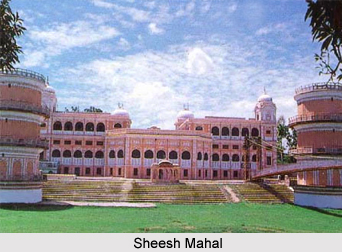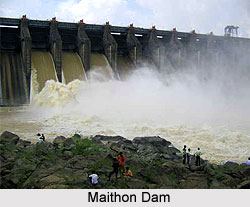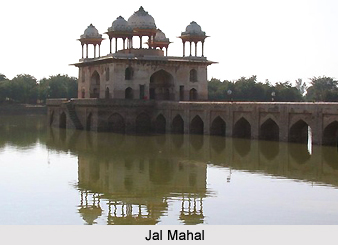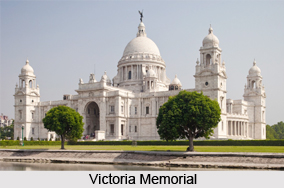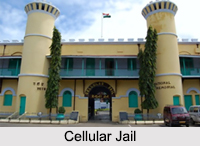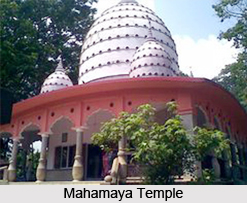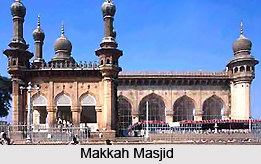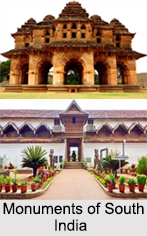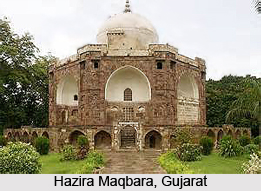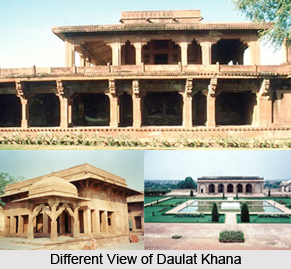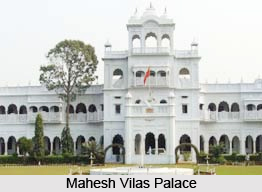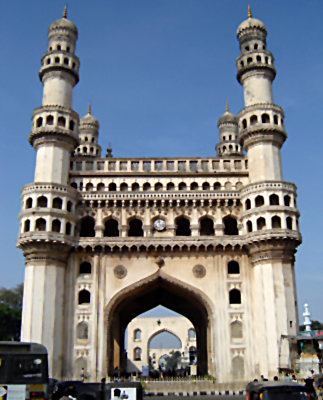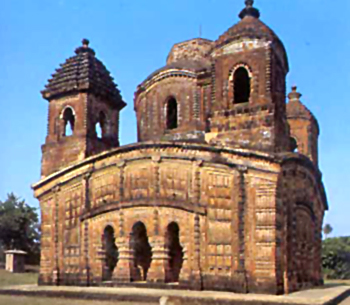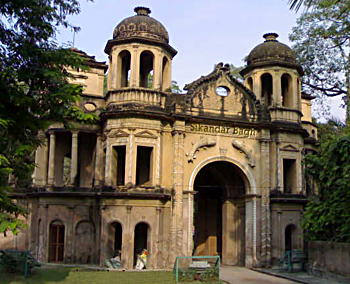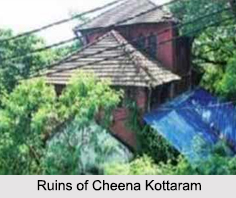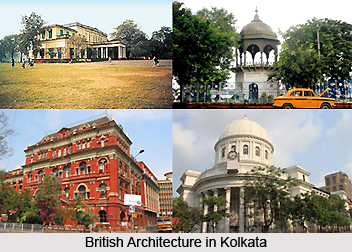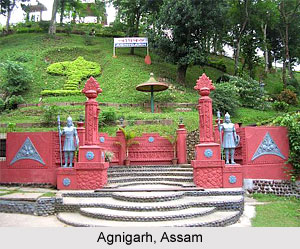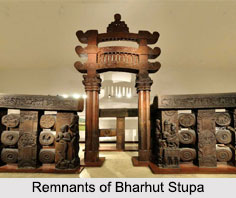 The monuments of Daman are mainly the architectural works of the Portuguese due to their stronghold here. Daman is situated 100 miles to the north of Mumbai, at the mouth of the Gulf of Cambay. Forts and churches figure prominently among the monuments of Daman. Daman occupies an area of 149 square miles, and has three distinct parts- Damao, Dadra and Nagar Haveli. It was taken by the Portuguese by 1531, and then restored shortly after. In 1558 it was seized again and retained as a permanent settlement. The town was conquered by Don Constantine de Braganza in 1559 and, until the decline of Portuguese power in the East; it was a great trading centre for East Africa. Between 1817 and 1837 it operated a profitable opium trade with China, until it was halted by the British after their conquest of Sind, thus, depriving the town of its principal source of wealth. It was not incorporated into India until 1961, when the Indian government seized control after negotiations to secure its recession had failed.
The monuments of Daman are mainly the architectural works of the Portuguese due to their stronghold here. Daman is situated 100 miles to the north of Mumbai, at the mouth of the Gulf of Cambay. Forts and churches figure prominently among the monuments of Daman. Daman occupies an area of 149 square miles, and has three distinct parts- Damao, Dadra and Nagar Haveli. It was taken by the Portuguese by 1531, and then restored shortly after. In 1558 it was seized again and retained as a permanent settlement. The town was conquered by Don Constantine de Braganza in 1559 and, until the decline of Portuguese power in the East; it was a great trading centre for East Africa. Between 1817 and 1837 it operated a profitable opium trade with China, until it was halted by the British after their conquest of Sind, thus, depriving the town of its principal source of wealth. It was not incorporated into India until 1961, when the Indian government seized control after negotiations to secure its recession had failed.
Historical Monuments in Daman
There are two stone forts found at Daman, situated on either side of the river Daman ganga. It also has a few churches and many historical buildings that are in ruins now.
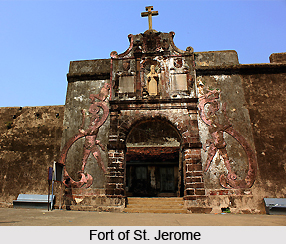 Moti Daman Fort
Moti Daman Fort
Moti Daman Fort is one of the forts in Daman. It is square in shape and contains the ruins of old monastic establishments, the Governor`s Palace, barracks, hospital and other public buildings, including two churches. The landward side is protected by a ditch and drawbridge. The northwest bastion commands the harbour entrance. Sprawling over an area of about 30,000 sq m, the ancient fort is famous for housing a large number of cannons.
Fort of St Jerome or Nani Daman Fort
The smaller fort of St Jerome or Nani Daman, with high stone walls, comprises an irregular quadrilateral enclosing a church, parochial house and cemetery. A few cannon and gun carriages remain on the outer walls. The fort is renowned for opulent gateway facing the Daman ganga river with a large statue of St. Jerome who was one of the most renowned priests of the Catholic Church.
Church of Our Lady of Peace
Church of Our Lady of Peace was built in 1901 and has a fine classical facade of twelve columns crowned by a cross. It was renovated in 1966.
Church of Bom Jesus
The Church of Bom Jesus is a massive structure, built in 1606. The main altar, which is carved and gilded, is embellished with the statues of six saints and a centerpiece of Our Lady of the Rosary.
Church of Our Lady of Remedies
The Church of Our Lady of Remedies was built in 1607. It has a total of five altars. The main altar is carved with gilded wood and has seventeenth century engravings on it.
